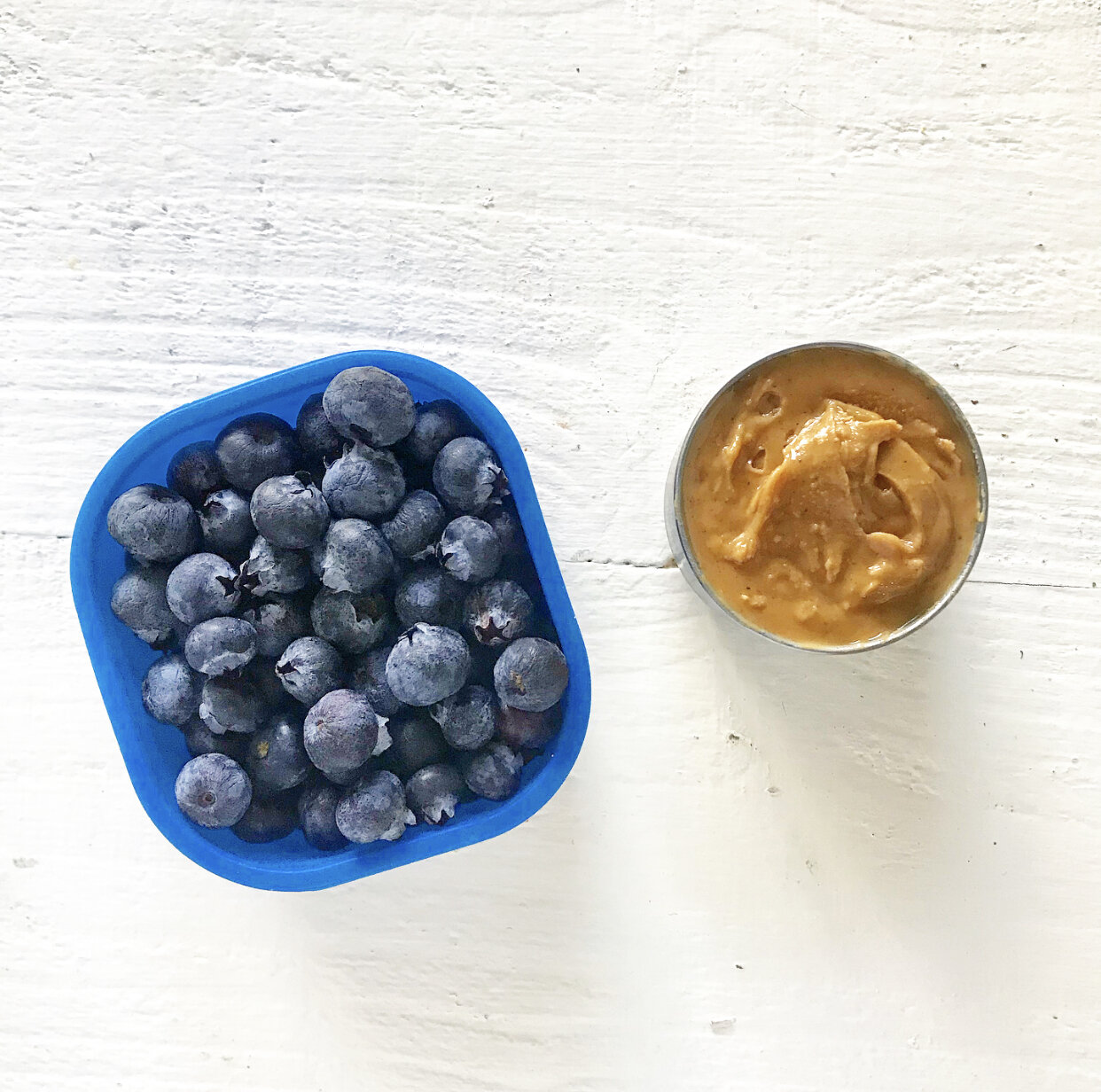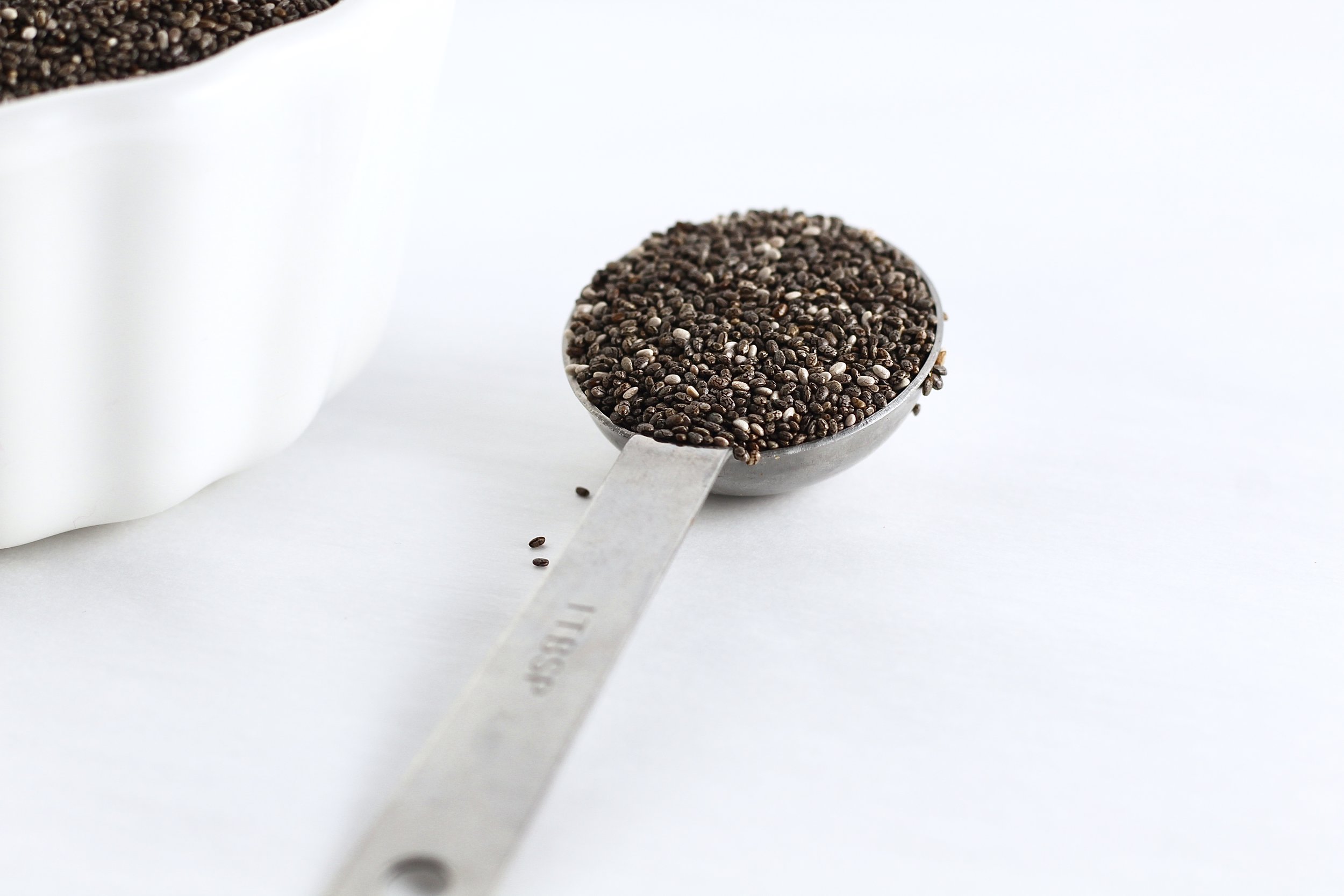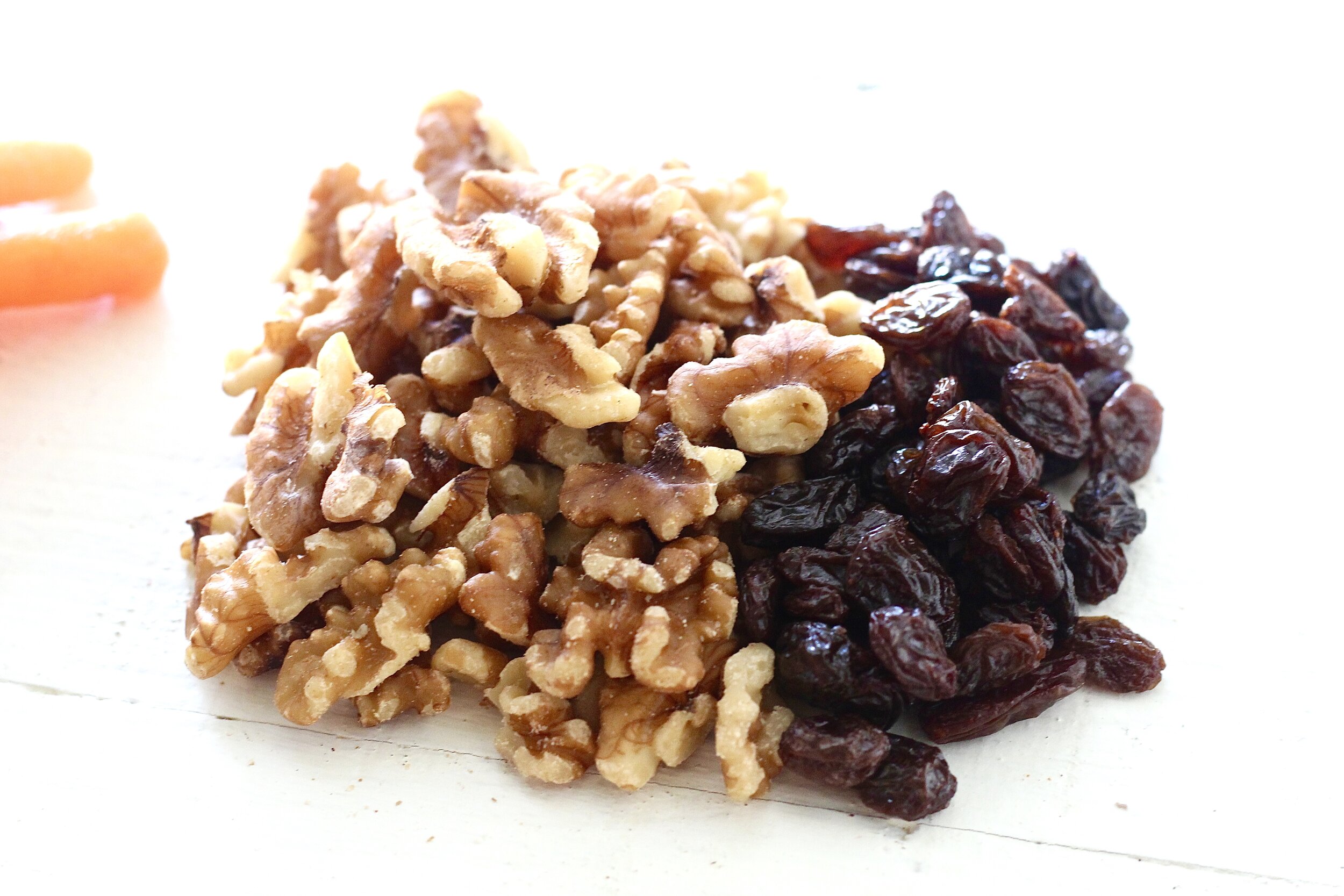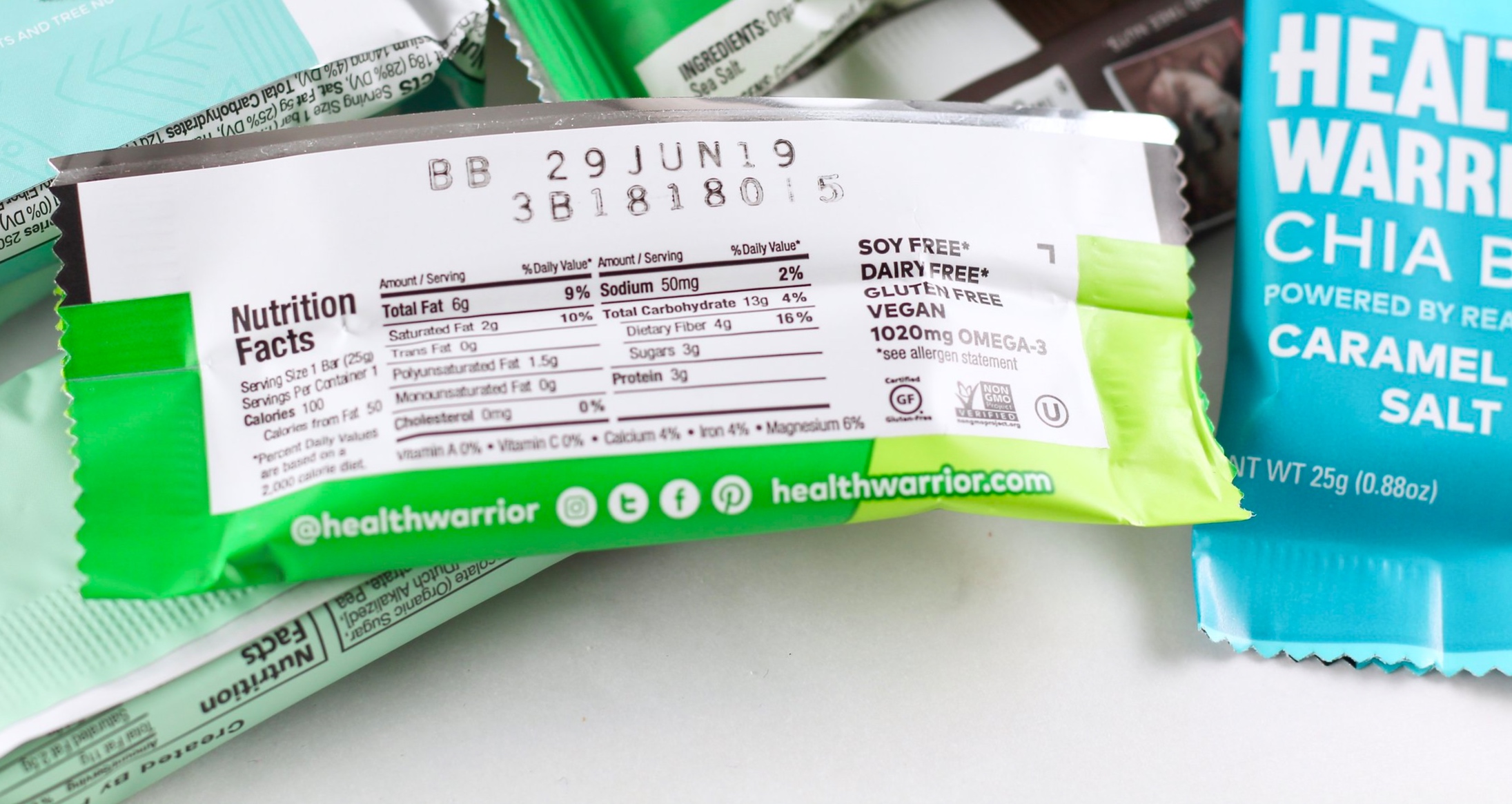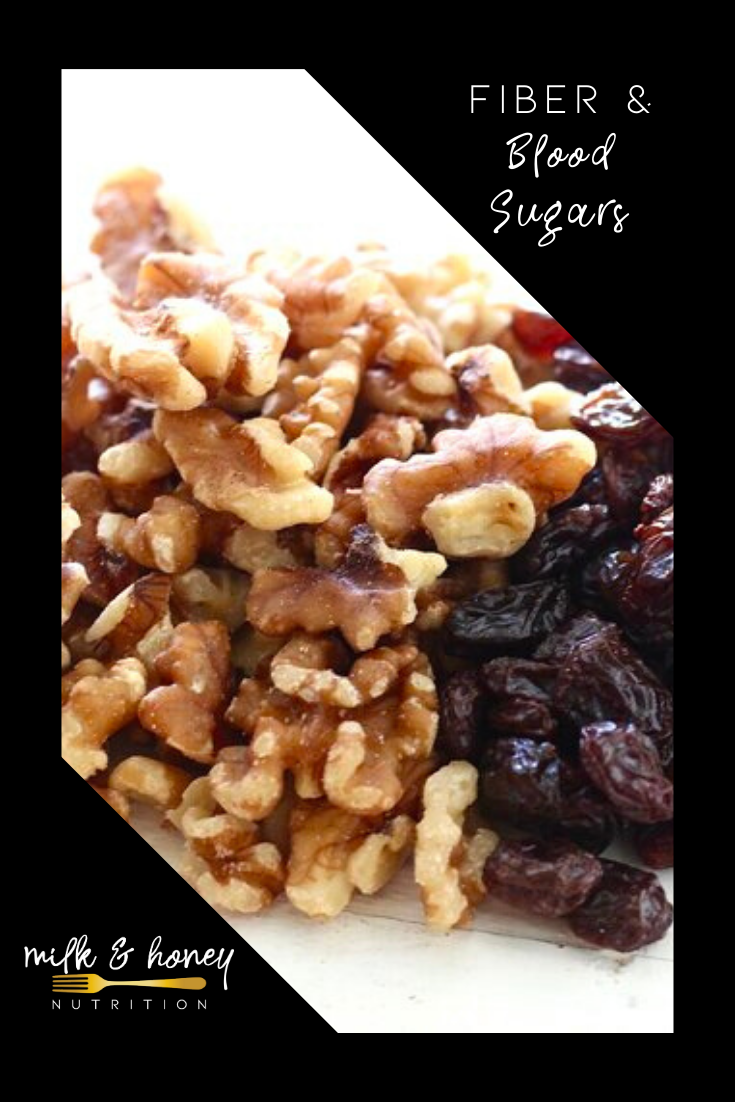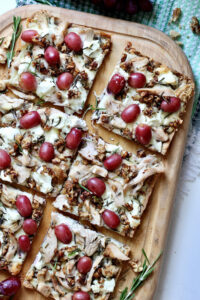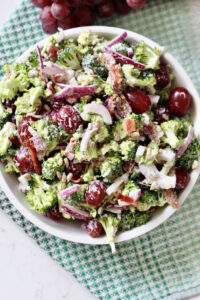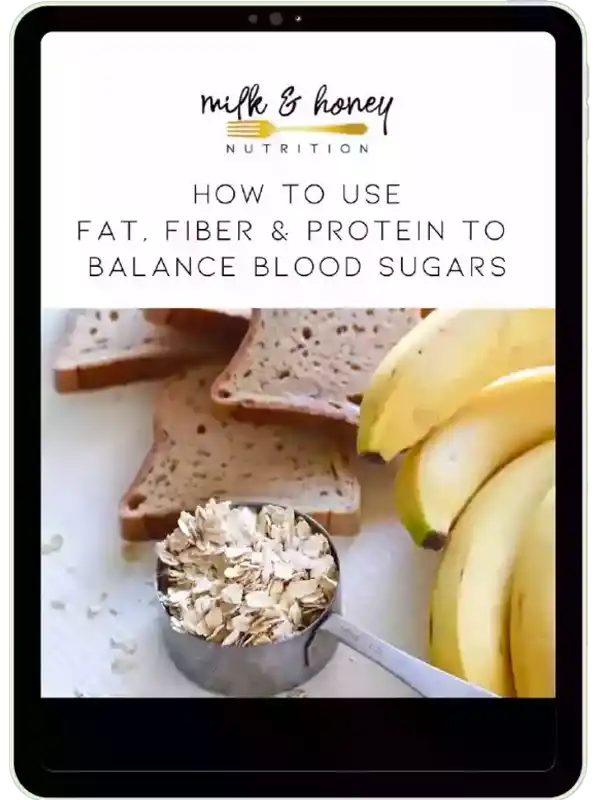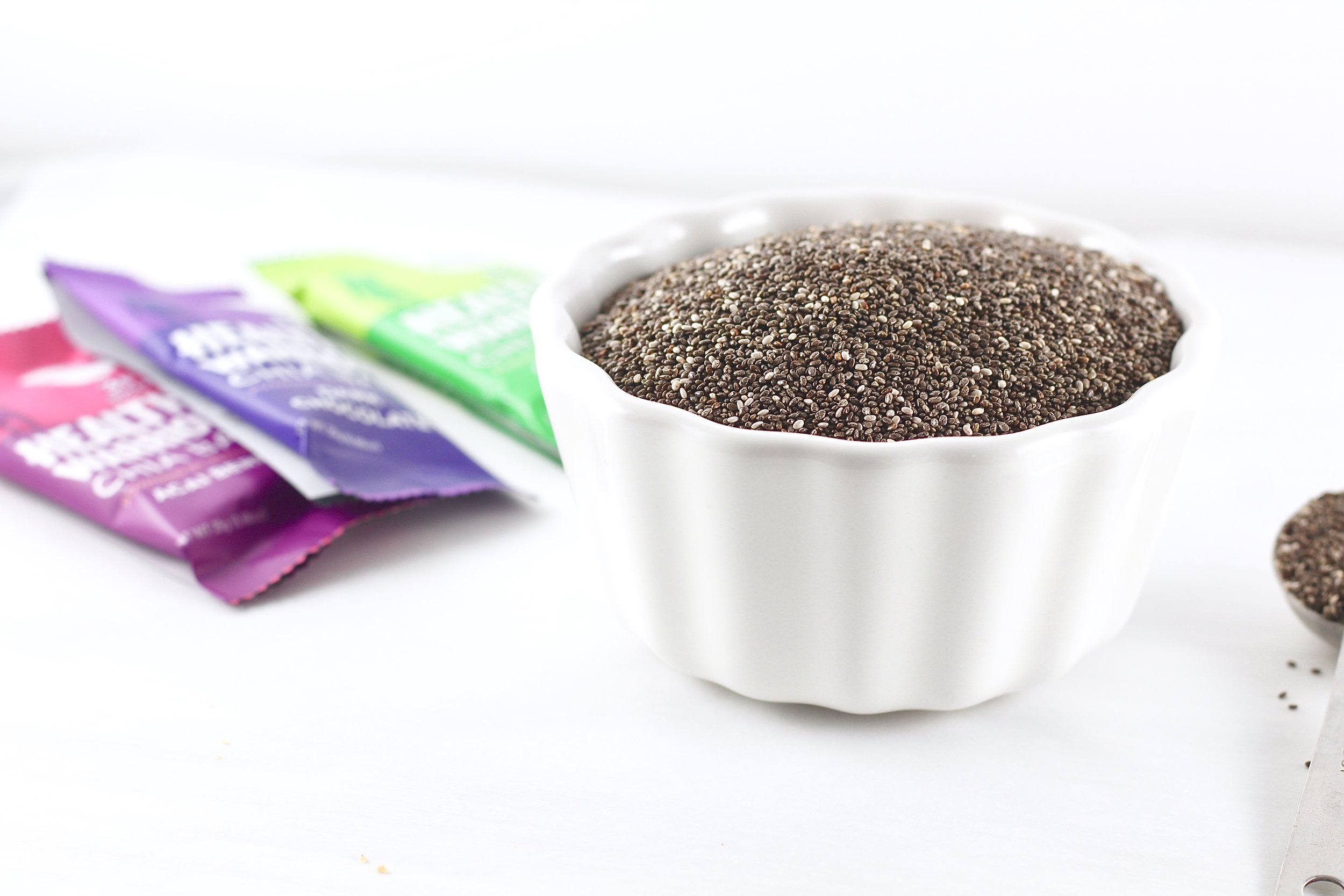
How much does adding fiber to your diet really help you control your diabetes?
This post was sponsored by Health Warrior. All thoughts and ideas are my own.
Fiber is a type of carbohydrate. In fact, it’s the non-digestible portion of carbohydrate, meaning it passes right on through your GI tract with minimal absorption. Fiber is found in plant based foods and is one of the main reasons eating plants is so good for you. Diets higher in fiber have been linked to lower disease risk and rates, as well as improved mental and GI health. Consistent high fiber intake also can make it easier to manage existing diseases, like diabetes.
There are two types of fiber: soluble and insoluble. Most plant foods contain a combination of both types of fiber.
Strictly speaking, soluble fiber will dissolve in water when it passes through the GI tract, forming a gel like substance and if taken in therapeutic amounts (ie, a powder you buy from the store) it may aid in “stopping you up” if needed. Soluble fiber has been linked in research to less blood sugar spikes and various metabolic/GI health benefits.
Insoluble fiber does not dissolve in water and passes through your GI tract almost fully intact. It adds bulk to stools and may help you have bowel movements more easily.
It’s easy to see why eating plants is so beneficial to GI health. Since most plant foods actually contain some amount of both types of fibers, a diet generally high in fiber promotes the right balance between these two fibers. The good bacteria in our GI tract feeds off of fiber and when consumed in large enough quantities, fiber helps keep everything in balance in your GI tract.
The average American only consumes 10-15g fiber per day though. And, the American Heart Association recommends 25g of fiber or more per day. But, If you’re looking to add more fiber to your diet to get to that 25g mark, make sure that you increase the amount of fiber you eat gradually … overloading your GI tract with fiber when you’re not used to eating lots of fiber can have some pretty uncomfortable side effects.
Adding fiber to your diet, which foods like fruits, veggies, whole grains, chia seeds, and nuts can help you do, can improve symptoms and side effects of many common chronic conditions. Some of these conditions include: type 2 diabetes, high blood pressure, and mental health conditions. Read more here.
You’ve probably heard many times over how fiber can promote a healthy heart and GI tract like I mentioned above, but what about people with diabetes? Does adding more fiber to their diet make it easier to manage their blood sugars? Does it improve overall blood sugar levels. Let’s take a look at what we know…
-
Carbohydrate has the biggest impact on blood sugar levels of all of our macronutrients.
-
Fiber is a type of carbohydrate, but it is not digested by the body.
-
Thus, fiber does not raise blood sugar levels. In fact, if you’re managing your diabetes via carb counting, you can subtract the grams of fiber from the Total Carbohydrate to get a more accurate depiction of your carbohydrate load for a meal or snack.
-
So, it makes sense that adding more fiber to your diet would make controlling blood sugars easier.
-
Fiber also helps keeps you full and satisfied.
-
One specific study found that people who ate 50g fiber/day we’re able to better control their blood sugars than people with diabetes who ate lower amounts of fiber.
Health Warrior Chia Seed Snack Bars are one of my favorite fiber-packed snacks. If you’re looking to add more fiber to your diet, chia seeds are a great way to do that. 1 Tbsp of chia seeds packs a whopping 5g of fiber. Nearly 40% of chia seeds (by weight) is fiber. And not only do they make a tasty snack bar, like the ones here from Health Warrior, but you can also sprinkle chia seeds on top of almost anything (toast, smoothie, salads, etc.). Each chia seed bar from Health Warrior is loaded with 4g fiber, and has very little sugar. I also love that they come in a smaller size than most other bars in their category, making them perfect for snack time.
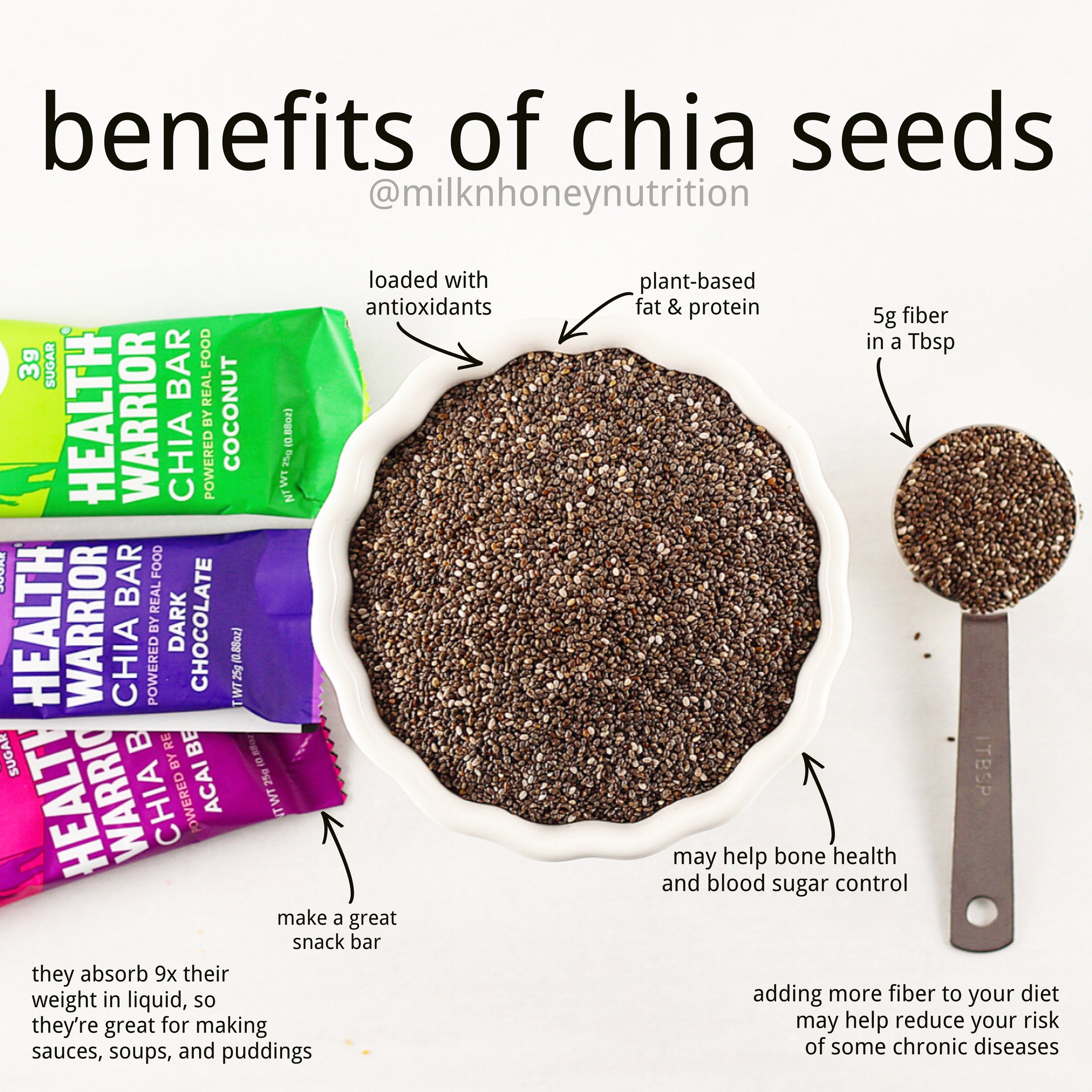
Here’s some other high fiber snack ideas to consider from some of my favorite registered dietitians and bloggers:
-
1 cup of blueberries and a cheese stick. -KeyVion Miller, RDN owner of https://themillerskitchen.com/
-
Roasted chickpeas are a great high fiber snack and the flavor combinations are endless! I like mine with a BBQ seasoning for that sweet smoky flavor. – Stephanie Van’t Zelfden, RDN of Nutrition Hungry
-
I love a piece of toasted whole grain sourdough spread with coconut oil and tahini and sprinkled with toasted sesame seeds. It’s a filling, nourishing, savoury snack. -Bri Bell, RD of Frugal Minimalist Kitchen
-
Edamame with sesame seeds are a quick easy snack packed with fiber & protein. -Heather Mangieri, RD
-
A slice of sprouted grain toast with almond butter and half a banana! Jean Maxwell MS RD
-
This smoothie bowl has 7 grams of fiber per serving. Easy to make, and kids can help. You’ll get even more fiber depending on the toppings you choose. – Liz Weiss, RD of Liz’s Healthy Table
Now that we’ve explored some fun facts about fiber and chia seeds, If you’re interested in trying out Health Warrior chia bars (they’re so yummy!) use the code ‘milknhoney20’ for 20% off on Healthwarrior.com! . Leave a comment below with your favorite way to enjoy chia seeds!

